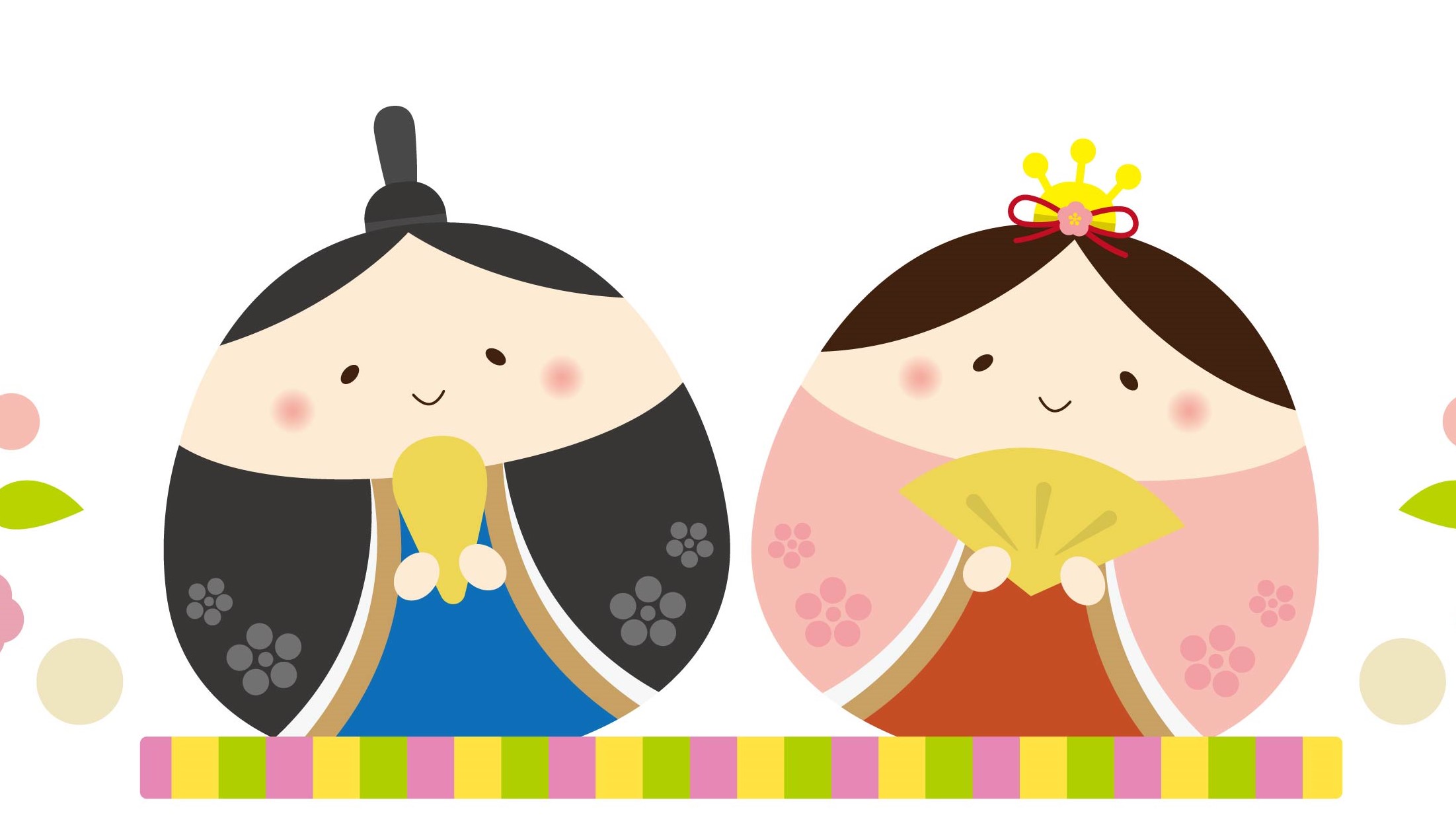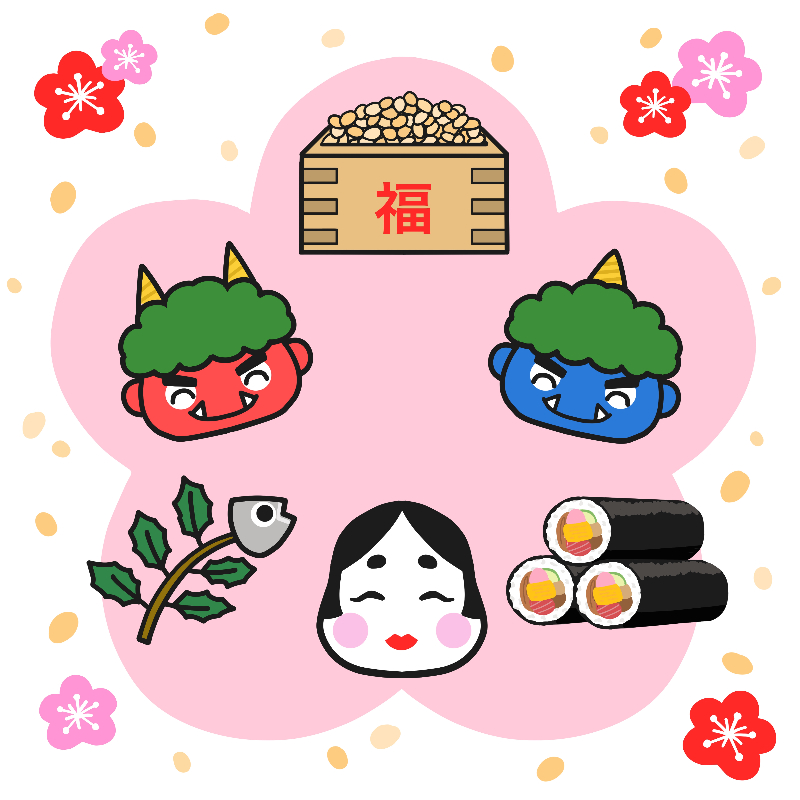
Omusubi Activity
 Students learn about the traditional Japanese food, omusubi, by learning how they are made and the popular fillings used. They answer questions in Japanese and read in hiragana the procedure for making them.
Students learn about the traditional Japanese food, omusubi, by learning how they are made and the popular fillings used. They answer questions in Japanese and read in hiragana the procedure for making them.
Omusubi is another word for onigiri, hand-made rice balls which are a traditional Japanese food.
As you show a picture, ask students to guess what omusubi is. You may wish to use these questions:
- これを、しっていますか?Do you know this? eg.はい、いいえ
- なんですか/なんだと思いますか? What do you think this is? eg. ごはん、のり…etc
- なまえは? Do you know what it is called? eg. おむすび、おにぎり
- なにをしますか? What do you do with this? eg. たべます、つくります…etc
- いつ、つかいますか?/たべますか? When do you use / eat this?
- eg. あさ、ひる/ばんごはん、おやつ
- だれが、つくりますか?/たべますか? Who makes / eats this?
- eg. がくせい、サラリーマン…etc
- かたちは? What shape is this? eg. さんかく、まる
- いろは? What colour is this? eg. しろ、くろ
- においは? What is the smell like? eg. いいにおい、くさい、すき、きらい
Look at the Erin video on how to open an onigiri bought from a convenience store (コンビニ): https://www.erin.jpf.go.jp/en/lesson/04/
Japanese internet research group “My Voice” polled 11,581 people in 2012 about what they like in their onigiri. The results were as follows:
- Salmon – 66.9%
- Tarako (salted cod roe) – 48.7%
- Mentaiko (seasoned cod roe) – 47.8%
- Tuna & mayonnaise – 47.2%
- Konbu (dried kelp) – 42.2%
- Umeboshi (dried Japanese plum) – 41.1%
- Katsuo (dried bonito) – 36.3%
- Takikomi gohan (seasoned rice steamed with vegetables, meat or fish) – 30.8%
- Baked onigiri – 30.1%
- Takana (leaf mustard) – 29.0%
- Tenpura – 26.6%
- Ikura (salted salmon roe) – 25.7%
- Osekihan (rice steamed with red adzuki beans) – 21.3%
- Minced chicken – 20.0%
- Fried rice – 15.6%
- Nikumaki onigiri (pork soaked in a soy sauce base) – 15.1%
- Salt (no fillings, just salted rice. It’s better than it sounds.) – 14.7%
- Grilled beef rib – 14.4%
- Stewed pork – 12.1%
- Eel – 9.2%
- Omelette & ketchup – 9.1 %
- Cheese – 4.4%
- Other – 3.7%
To explain how to assemble omusubi in Japanese, students can match the pictures with the instructions.

You may then ask students to decide on fillings and shapes. Below are the popular fillings for omusubi in Japan, but students can create their own fillings, eg. ‘ham and vegemite’!

- めんたいこ (chilli cod roe)
- たらこ (cod roe)
- しゃけ (salmon)
- シーチキン (canned tuna)
- うめぼし (pickled plum)
- おかか (shaved bonito)
This site introduces shapes and fillings
http://vote2.ziyu.net/html/c199018.html: This site shows the current top-ranking fillings by gender, age, region etc. (Translate the page for easy reading!)
The following is a set of example discussion questions for Omusubi, with possible answers for your reference.
- ひるごはんになにをたべますか?What do you eat for lunch?A:サンドイッチ sandwich
- サンドイッチとおむすびはどんなところがにていますか?What are the similarities between sandwiches and omusubi?A:さんかく Triangular shape、ぐがはいっている There are fillings
- おむすびはどうしてさんかくだと思いますか?Why do you think they are triangular-shaped?A:たべやすいから Because it is easy to eat
- おむすびをしおでにぎるのはどうしてですか?Why is salt used when shaping omusubi?A:ながもちするから Because it keeps longer
- おむすびのぐはどんなものが多い?どうしてですか?What kinds of fillings are used a lot?A:しおからいもの Something salty A:ごはんがくさらないから For preserving rice
- 日本人は、おむすびをどんなときに食べる? どうしてですか? When do Japanese eat omusubi? Why?A: ピクニック picnic、うんどうかい sports day、 やしょく supper、 おやつ snack、
- おべんとう lunch…etc
Omusubi appear in many Japanese folktales likeさるかにがっせん(リンク).
Below is a short manga version of another story, おむすびころりん.
Omusubi have been used since olden times as a portable meal. Heian period court ladies used them for picnics, and samurai warriors used them for a quick lunch during war. In this story, Ojiisan, the old man, is given omusubi by his wife to take with him when he goes into the mountains to gather wood.

Additional Resources
Please click for Teachers’ Notes on Omusubi and/or Folktales.
Resource created by Himiko Negishi-Wood (June 2002).




